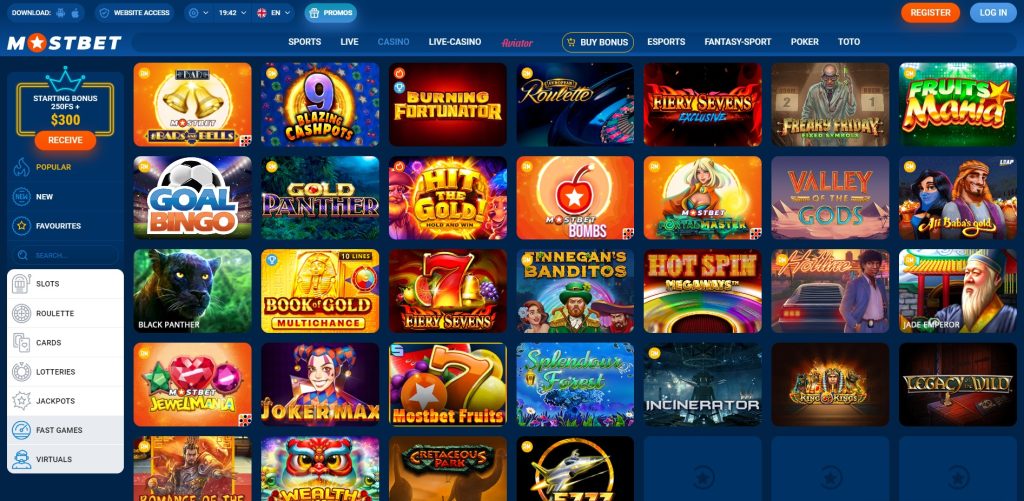How to Choose an Online Platform for Your Needs 1

How to Choose an Online Platform for Your Needs
In today’s digital world, selecting the right online platform can be a daunting task. From e-commerce sites to learning management systems, the options are vast, and each platform comes with its own set of features and pricing models. Whether you’re a business owner, a student, or just someone looking to get more out of online resources, knowing how to choose an online platform that serves your needs is crucial. To assist you in this process, we’ve compiled a guide that outlines essential steps you’ll need to take to make an informed choice. And while you explore your options, consider checking out How to Choose an Online Casino Bonus in 2025 Mostbet for additional resources and insights.
1. Define Your Needs
The first step in choosing an online platform is to clearly define what you need from it. Are you looking to start an online store, create a portfolio, or perhaps engage in e-learning? By determining your specific requirements, you can narrow down the options significantly. Consider the following questions:
- What is the primary purpose of the platform?
- What features are essential for your success?
- How much are you willing to invest in this platform?
2. Research Available Options
Once you know your requirements, it’s time to research available options. There are numerous platforms available, each offering varying levels of functionality and support. Use search engines and review sites to gather information. Look for trusted sources that compare different platforms based on features, user experience, and pricing. Creating a comparison table or a simple checklist might help in organizing the information more effectively.
3. Evaluate the Features

Different online platforms offer various features that may or may not meet your needs. Here’s a breakdown of some common features to consider:
- User-Friendly Interface: A clean, intuitive layout will help you navigate the platform with ease.
- Customization Options: Depending on your needs, you may want to personalize the platform to align with your brand.
- Mobile Responsiveness: With the rise of mobile internet usage, ensuring the platform is mobile-friendly is essential.
- Support and Community: Good support can save you time and frustration; check if there’s an active community or reliable customer support.
- Integration Capabilities: Determine if the platform can integrate with tools you already use, such as payment processors or analytic tools.
4. Consider Pricing Models
Another important factor to consider is the pricing model of the online platforms. Some platforms charge a one-time fee, while others operate on a subscription basis. Be sure to factor in any additional costs associated with features or upgrades. When looking at pricing, you should also consider:
- Are there any hidden fees?
- Is there a free trial available?
- What is the long-term cost if you need to upgrade later?
5. Test the Platform
Before making a final decision, it’s advisable to test the platform if possible. Many platforms offer free trials that let you explore the features and user experience. Take this opportunity to put the platform through its paces. Pay attention to:
- How easy it is to perform tasks you need.
- The responsiveness of customer support during your trial period.
- Feedback from peers or colleagues who may have used the same platform.

6. Seek Recommendations
Don’t hesitate to tap into your network for recommendations. Whether it’s friends, colleagues, or professionals in your industry, their insights can be invaluable. Ask about their experiences with specific platforms, what they liked, and what challenges they faced. Insights like this can guide you toward platforms that are worth considering and those that may not meet your expectations.
7. Make an Informed Decision
After careful evaluation of your options, it’s time to make your choice. Weigh the pros and cons of each platform based on the information you’ve gathered, and determine which one best aligns with your defined needs. If you find yourself still uncertain, don’t rush the decision. You can always take additional time to revisit the platforms that caught your eye.
8. Transition Smoothly
Once you’ve made your decision and set up your online platform, ensure a smooth transition by following best practices. This includes:
- Carefully migrating any content or data you wish to transfer.
- Familiarizing yourself with the platform’s features and tools.
- Engaging with customer support if you encounter initial hurdles.
Conclusion
Choosing the right online platform does not have to be overwhelming. By following these steps and thoroughly evaluating your options, you can find a platform that not only meets your current needs but also adapts as you evolve. Remember to take your time during the selection process, and don’t forget to seek out resources like Mostbet for additional insights that may help you along the way. Embrace the digital age with confidence, and make the most of the tools at your disposal!
